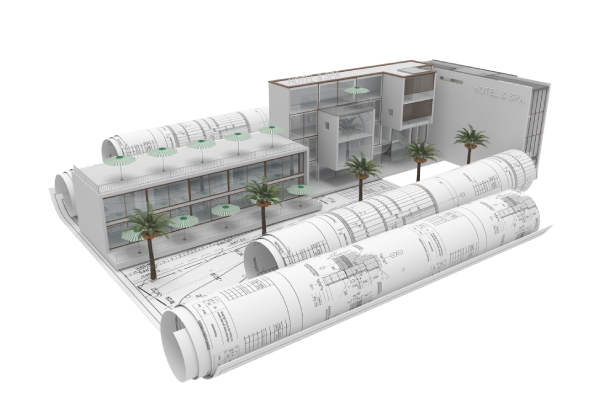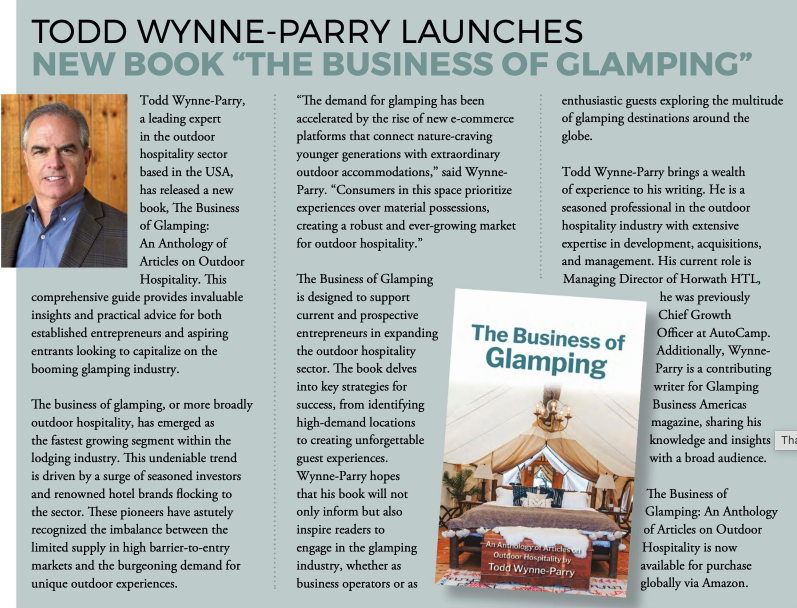
How developers are managing higher construction costs
Date: August 23, 2021
Contributed to Hotels Mag by John Fareed, Managing Director & Chairman North America, Horwath HTL
The COVID-19 pandemic, along with other global issues such as the Suez Canal shutdown, weather-caused production disruptions and geopolitical issues—think tensions, tariffs and conflicts—have collectively created sharp increases in the global costs of building materials, as well as significant delays in deliveries.
It seems no material has been immune from the increases either. Steel, lumber, glass, plumbing and electrical supplies, and even gypsum and acoustic insulation materials, have all seen significant cost increases. And unlike the disruptions caused by the 2008-2009 recession, economies are seemingly rebounding more quickly from the pandemic, despite the emerging concerns driven by the new Delta variant, causing inflationary pressure, further driving up the cost of construction and financing. Many industry analysts estimate that overall cost increases for 2021 will likely exceed 20%, and that the industry may experience 10% increases on an annual basis for the foreseeable future.
This is not breaking news for anyone in the development and construction fields, whether for residential or commercial business. The big question now, particularly for the hotel industry, is how are owners and developers managing the cost increases?
Prior to writing this article, I interviewed a variety of owners and developers for their responses to the question. Generally, most were quick to point out that new-build or renovation projects which began prior to the pandemic were not problematic from a cost perspective, but generally experienced some level of delay due to logistical interruptions and a shortage of skilled labor—both of which remain a challenge today.
Regarding the primary question, “how are you managing construction cost increases?” here is a summary of their answers:
“Generally, after receiving a revised cost estimate for a project from our contractor that we had put off during the pandemic, we revisited the feasibility study against the new costs—including an additional 10% as a safeguard—to determine whether it still made sense from an IRR perspective against our goals. Luckily, it still worked out on paper by a point and a half, and we opted to move forward. We’re taking this tack across the board and will delay or drop any projects that no longer work in this environment, even ones in growth markets.”
“We’re doing the obvious things to mitigate the issue, including revisiting materials to determine if there are less expensive, acceptable alternatives. We’ve also gone back to our contractors to ask if they would be willing to work with us and absorb some of the material cost increases through either labor rates adjustments or reductions in their fees. Believe it or not, we’ve found them to be more flexible than expected.”
“We are in the process of renegotiating construction contracts in an effort to mitigate the risk associated with unexpected cost increases and delays. It is proving to be a difficult task because it potentially spreads the risk across all parties, including the contractors, sub-contractors and suppliers. But if we can come to an agreement that benefits and protects all of us somewhat equally, from the beginning as opposed to the middle of the construction phase, we can continue to actively pursue development opportunities. We’ve found that providing an upside for everyone should costs come down is a good negotiation tool.”
“We’re in the process of sourcing and contracting with suppliers who will provide us fixed pricing on the key materials, for a fixed period of time. Since COVID-19 is becoming more of an issue again, we’re starting to find suppliers are more willing to agree to fixed-price/fixed-term pricing.”
Learning how to effectively manage the risk and uncertainty associated with unanticipated cost increases and delivery delays will prove to be a highly important and necessary tool for hotel developers who want to succeed over the next few years.



